In the verdant woodlands and tropical rainforests of Africa, Asia, and Oceania, a tiny avian gem flits through the foliage—the Pygmy Kingfisher (Ceyx spp.). Despite its diminutive size, this colorful bird captivates the hearts of birdwatchers and nature enthusiasts with its vibrant plumage, agile flight, and charming behavior. Let us embark on a journey into the enchanting world of the Pygmy Kingfisher and explore the captivating qualities that make it a true jewel of the forest.
Pygmy Kingfisher images
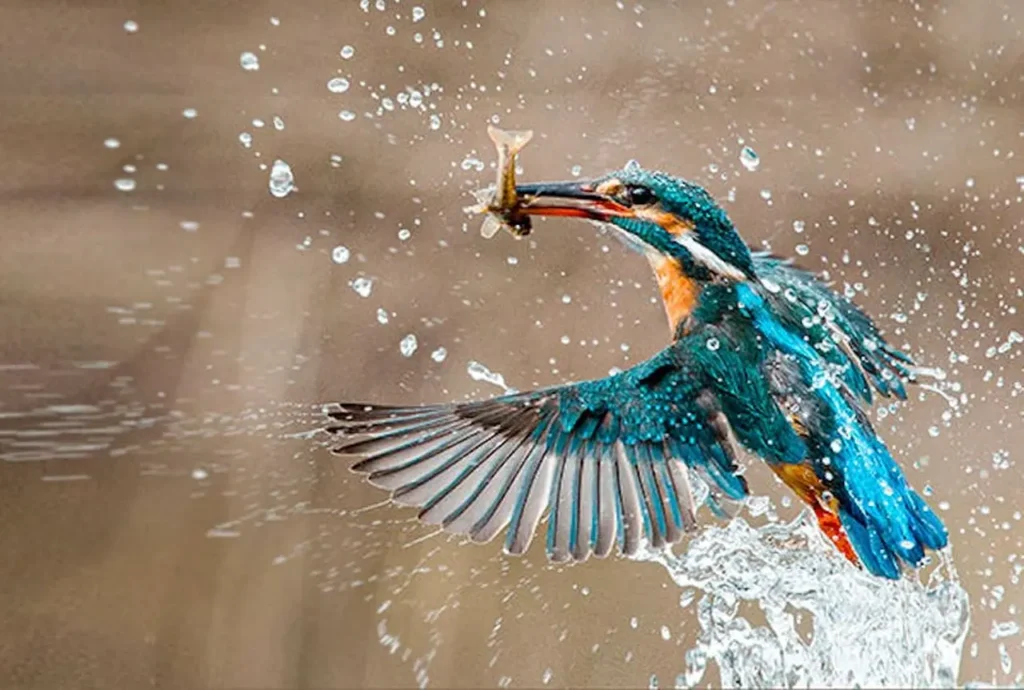
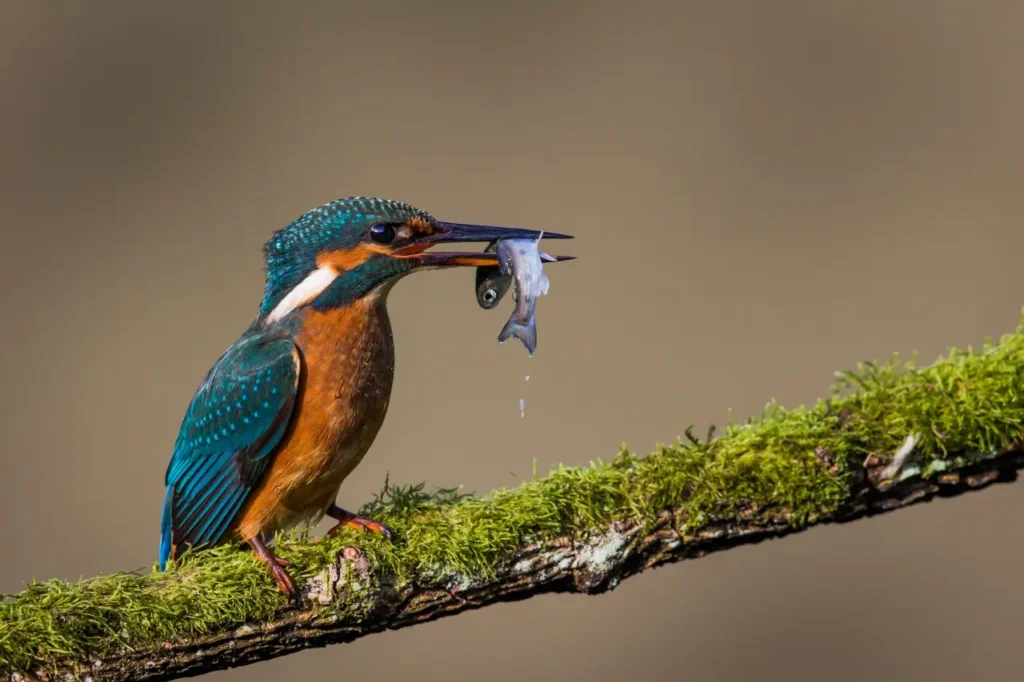
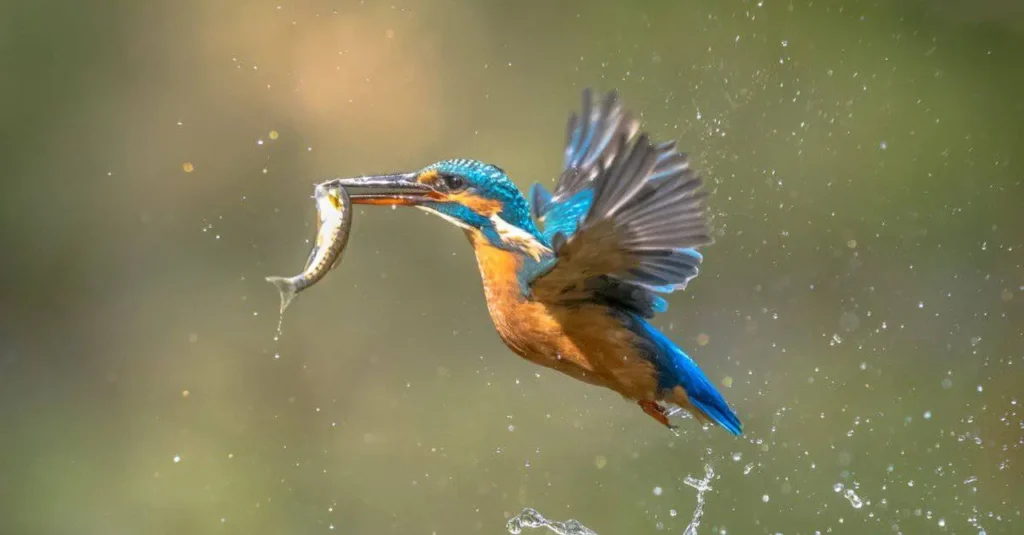
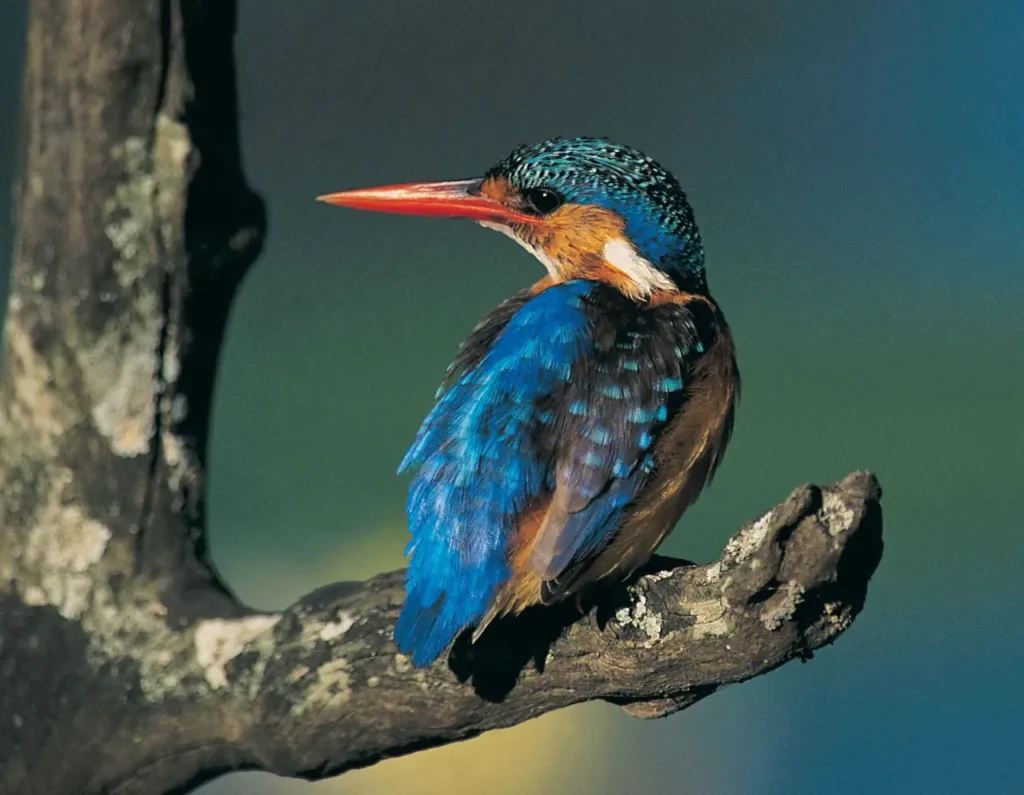
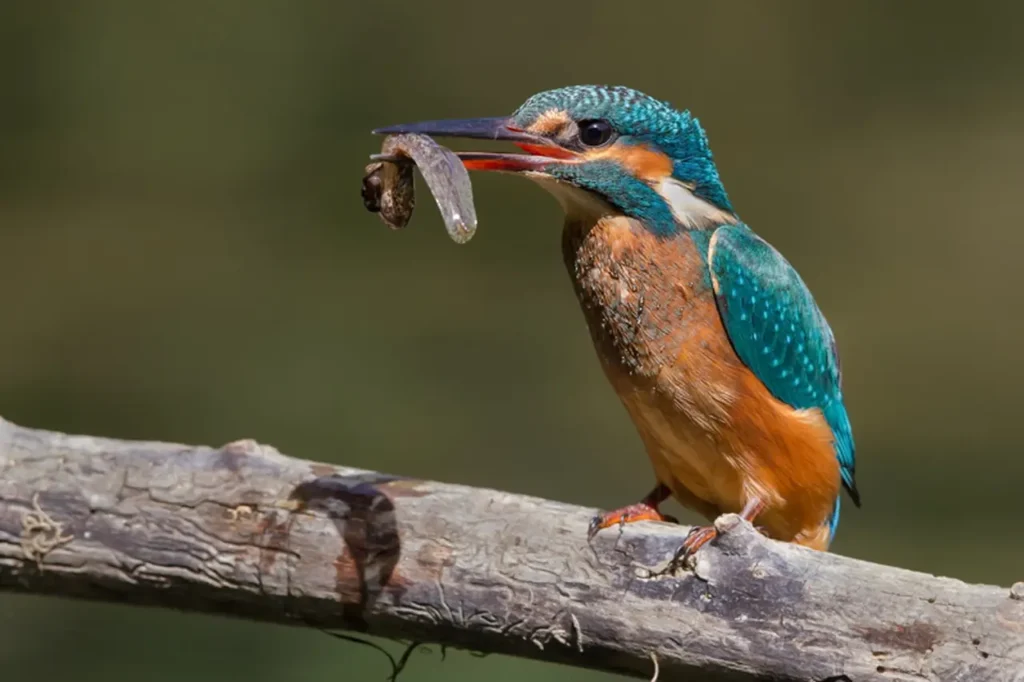
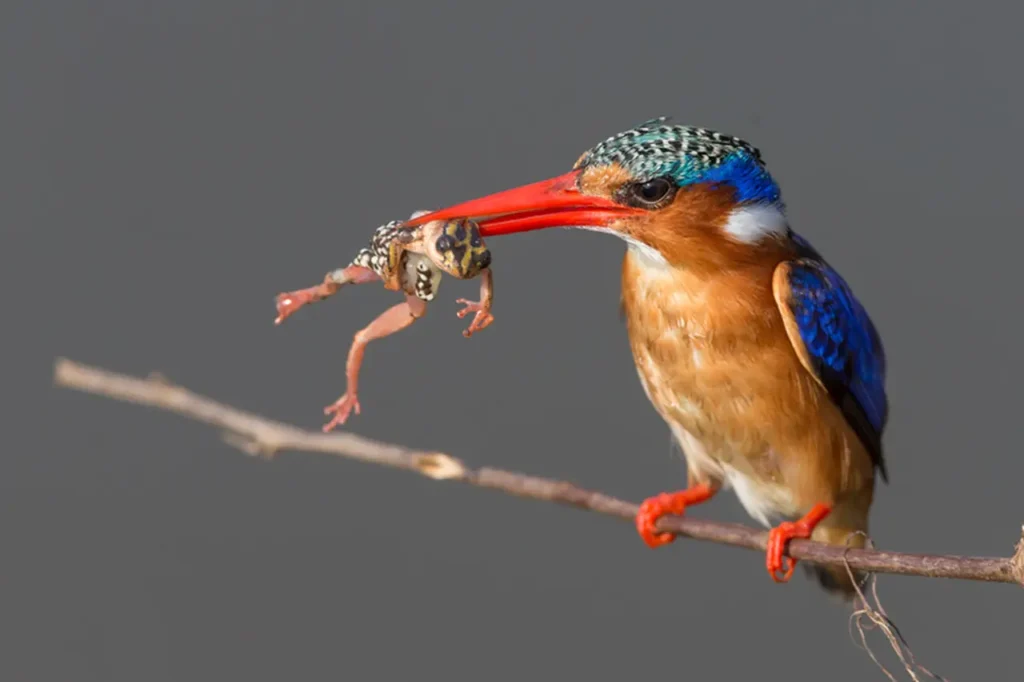
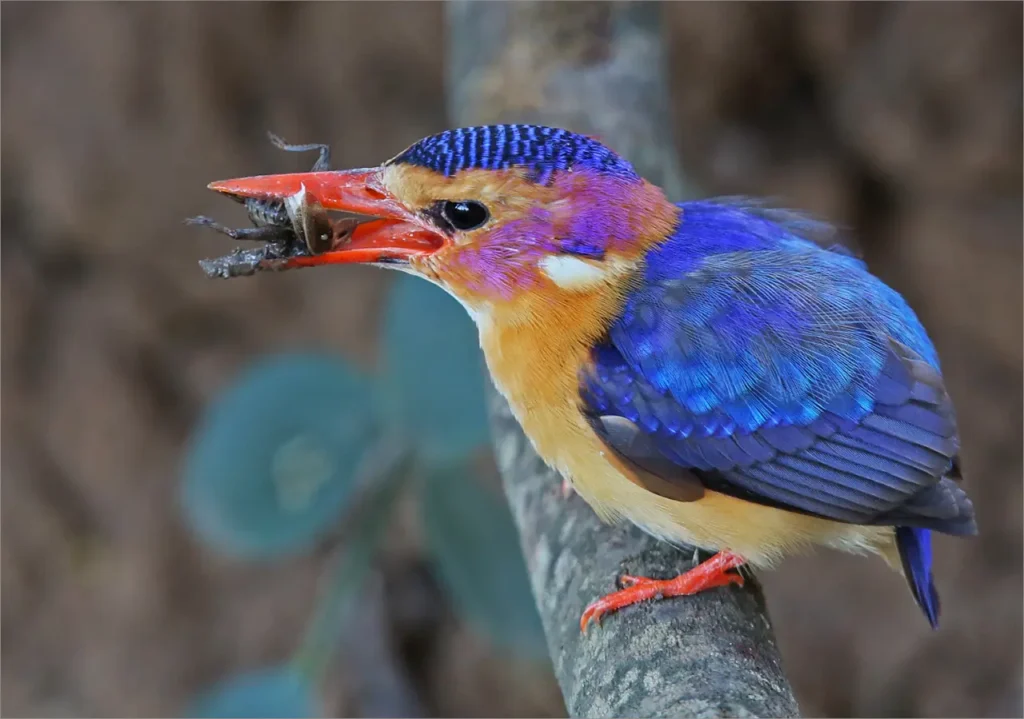
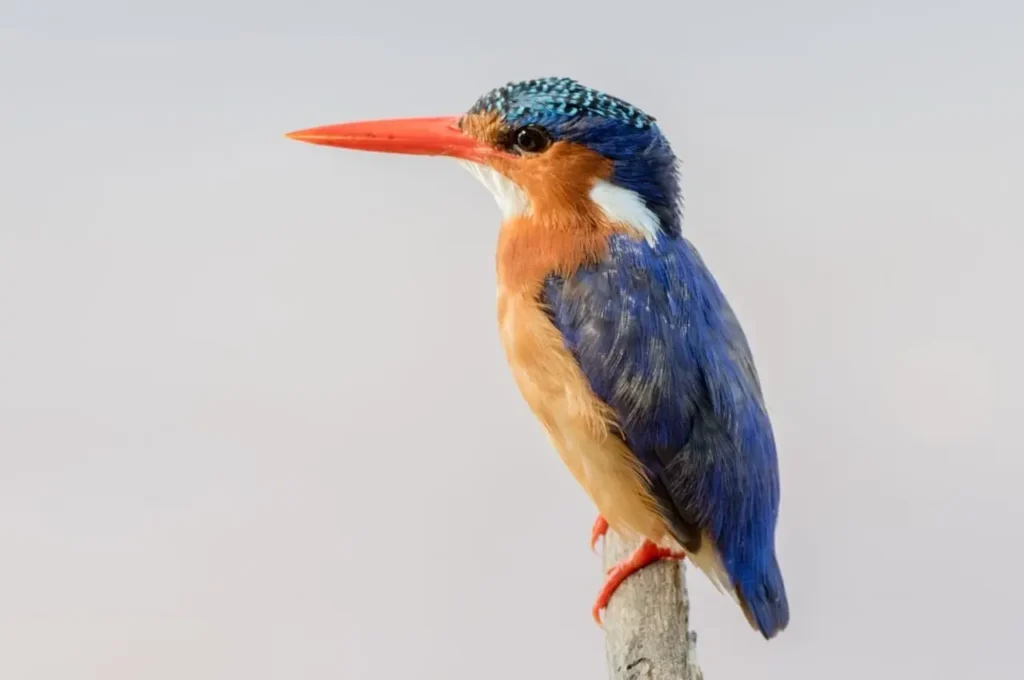
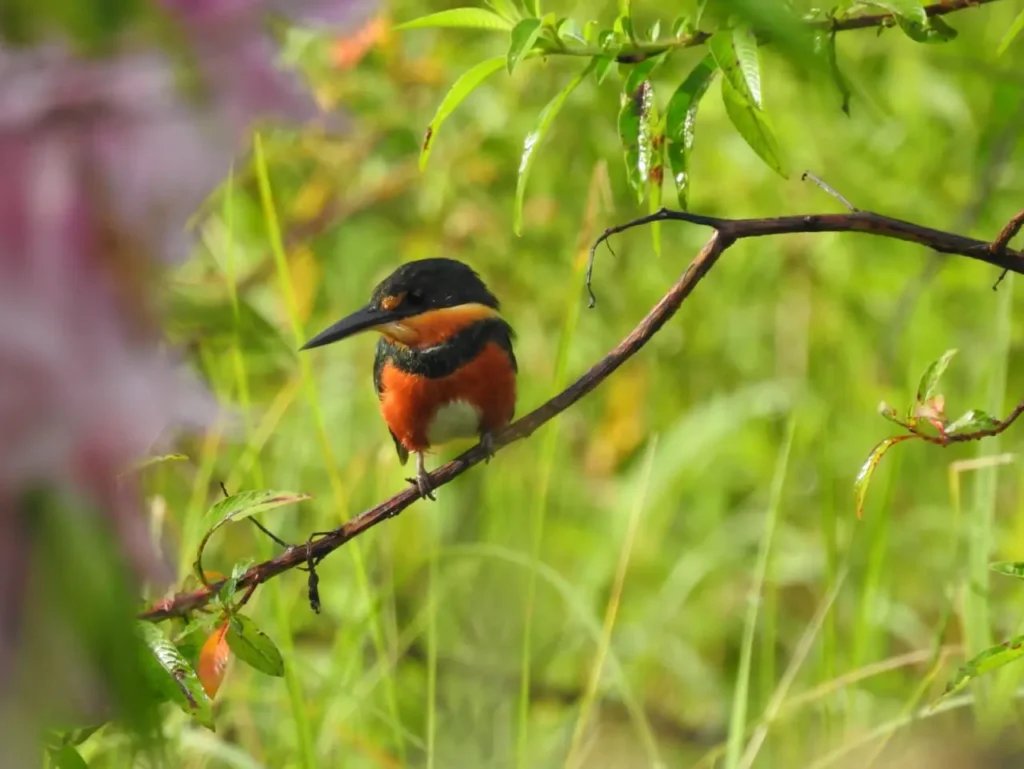
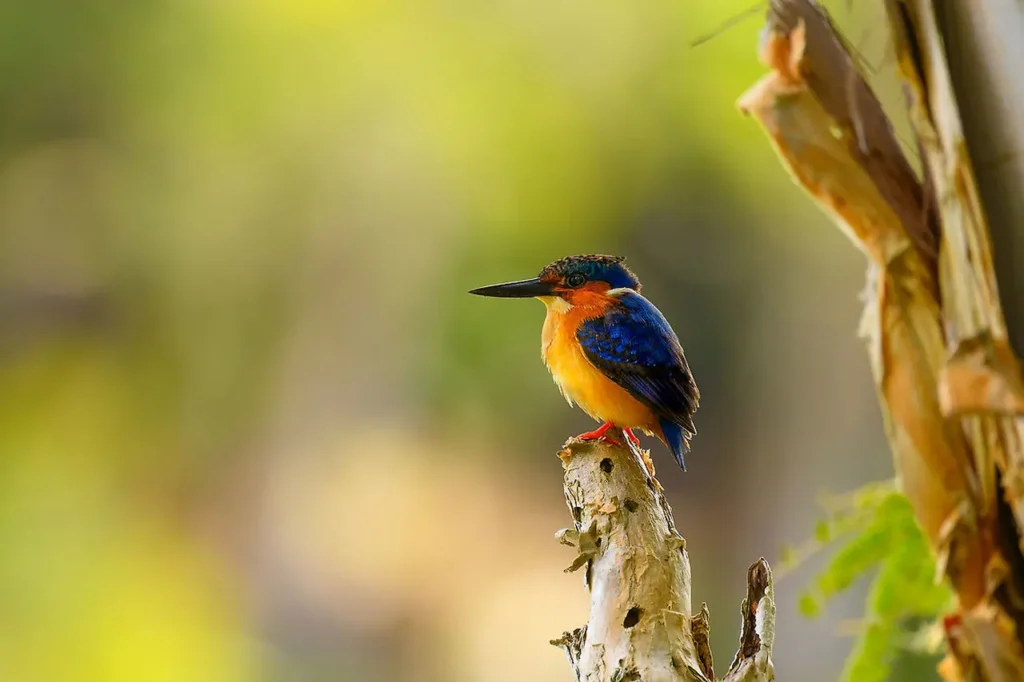
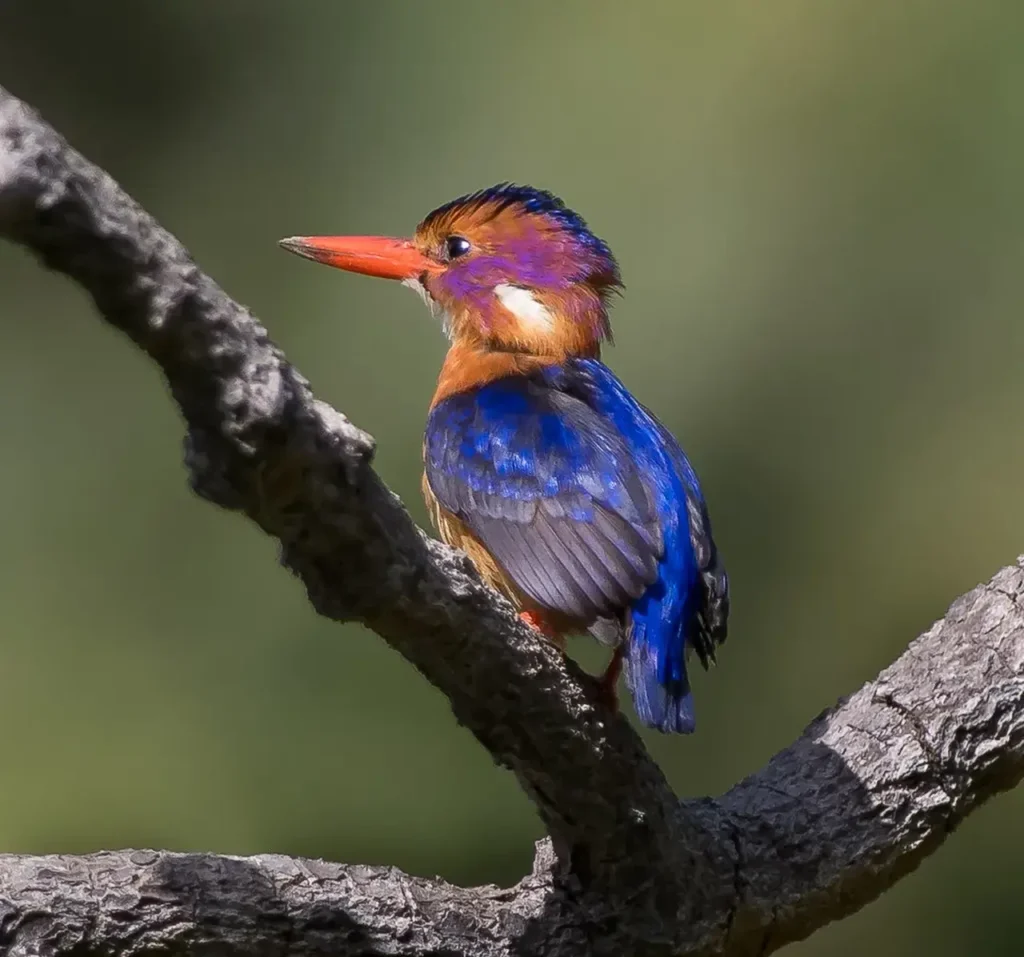
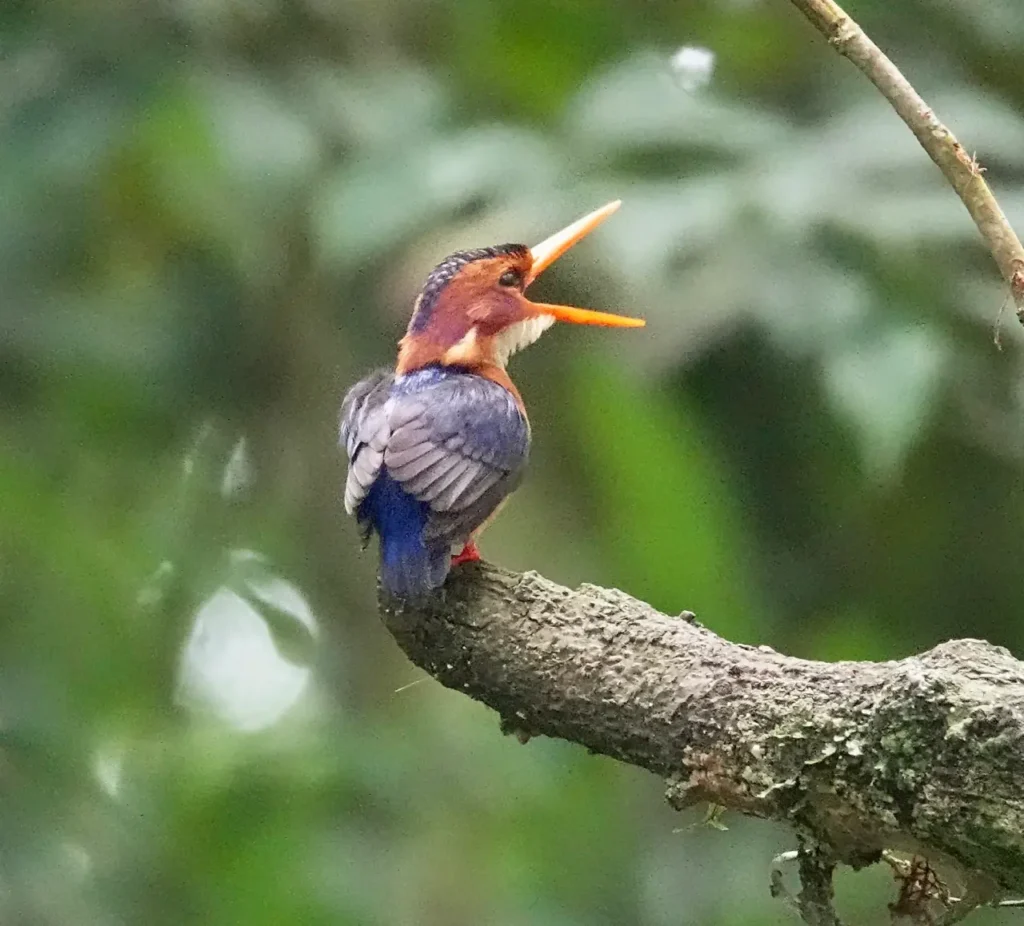
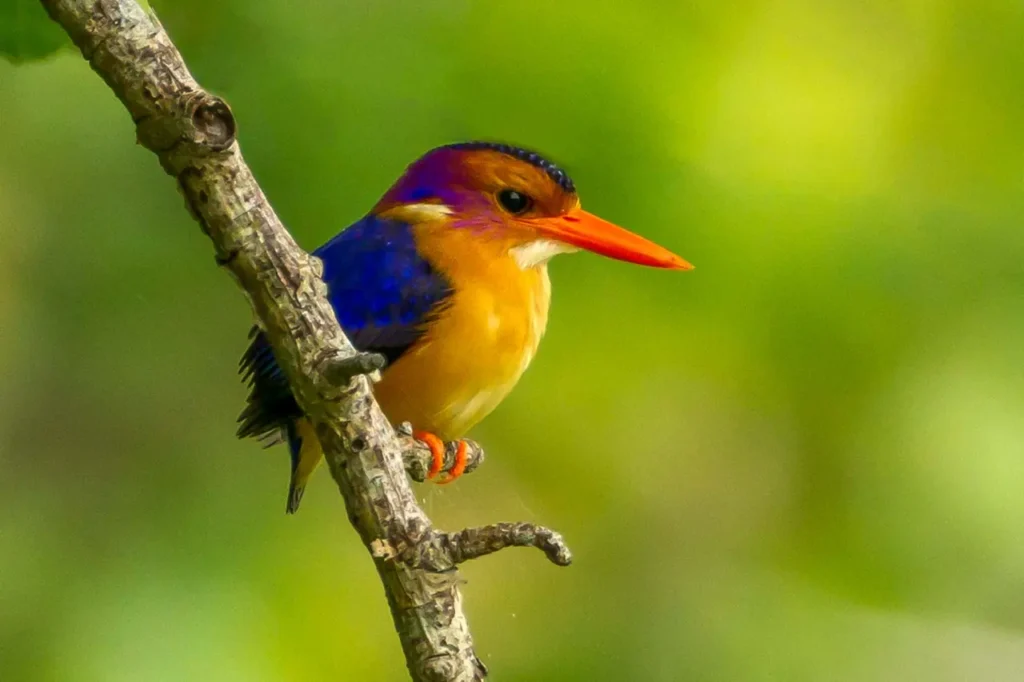
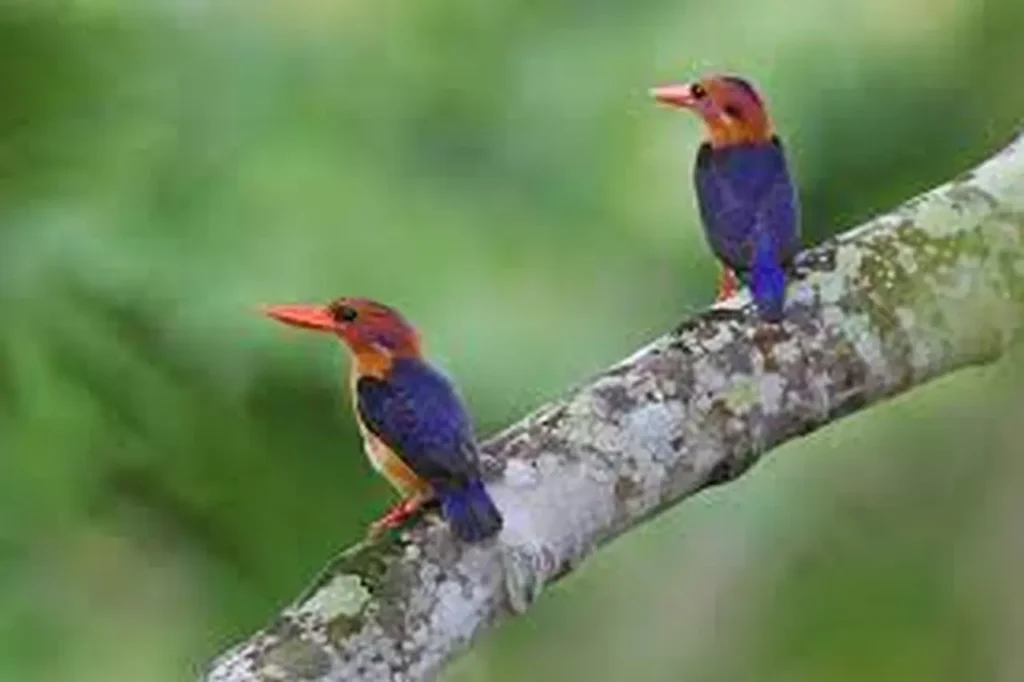
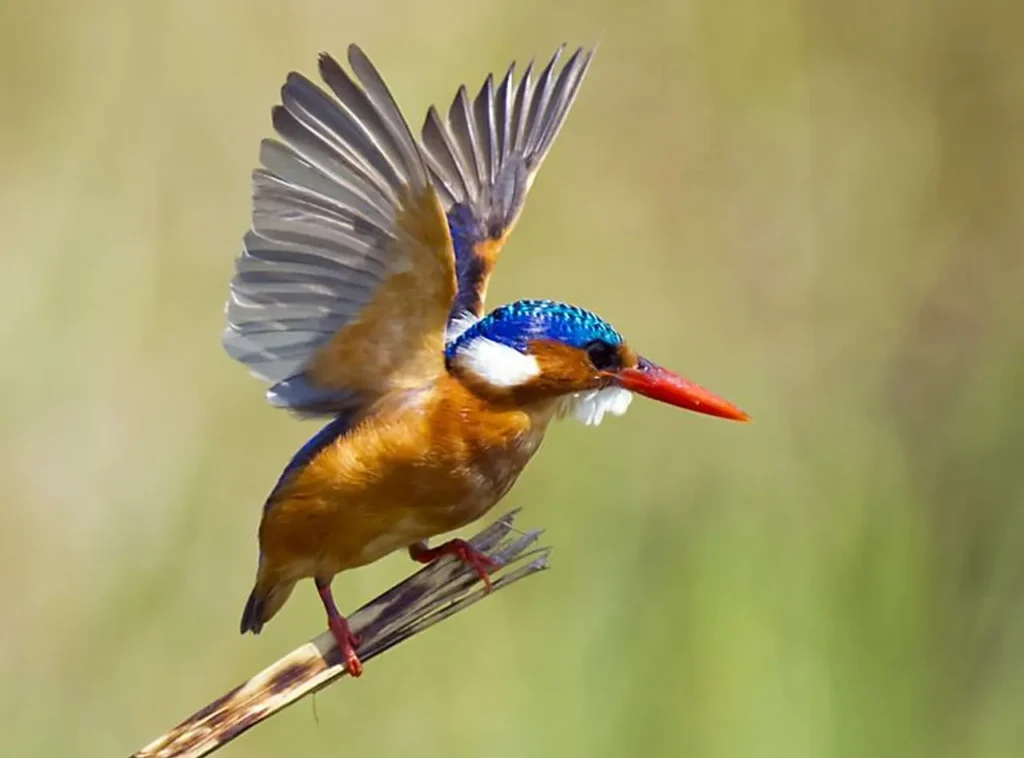
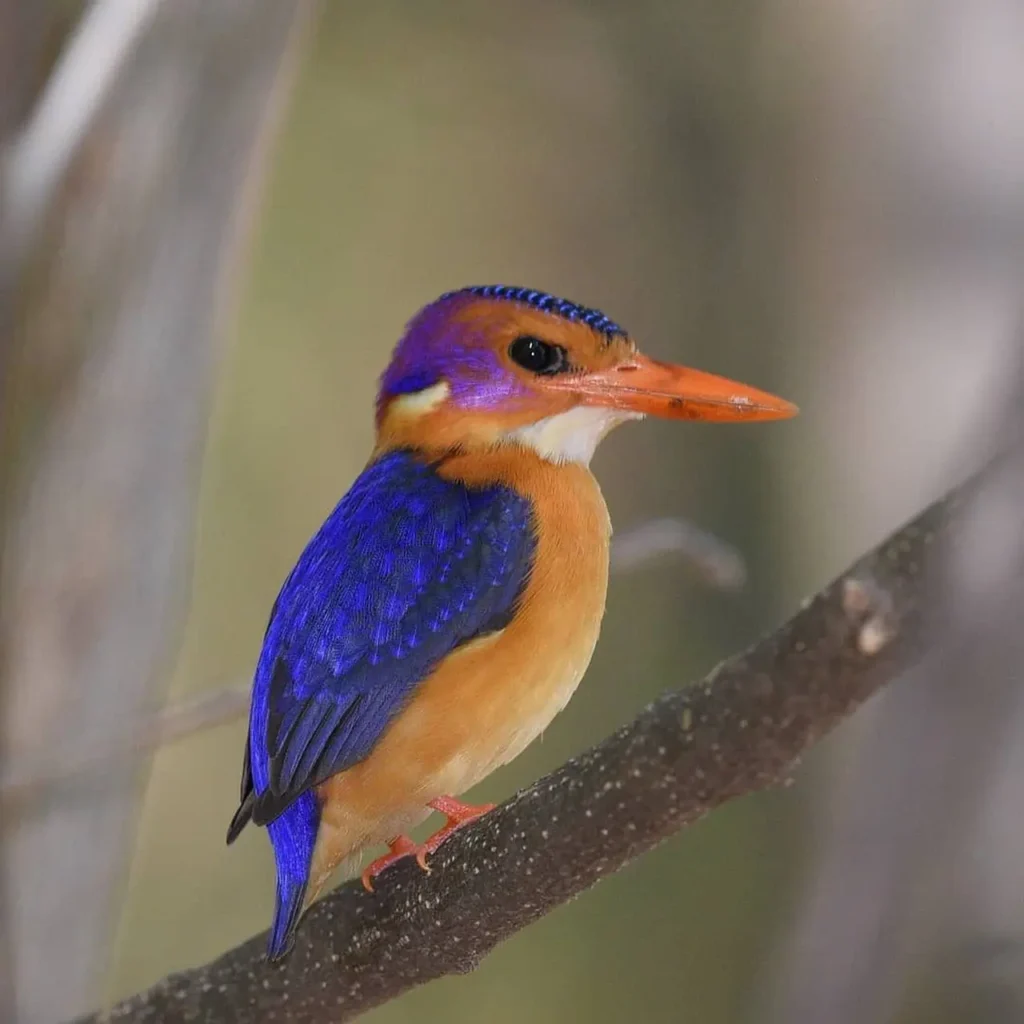
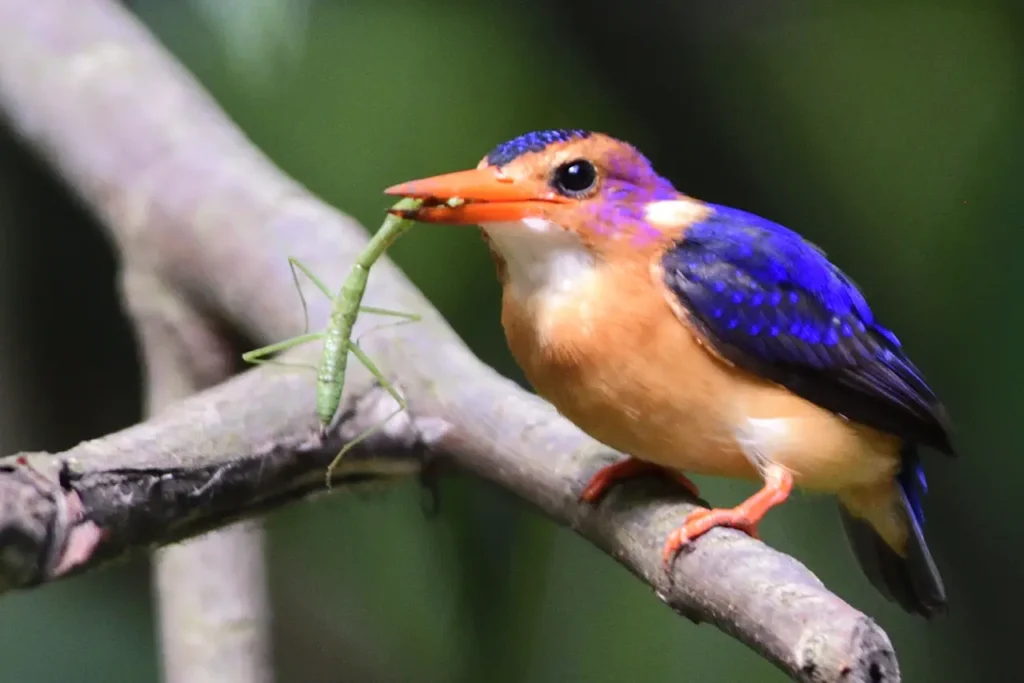
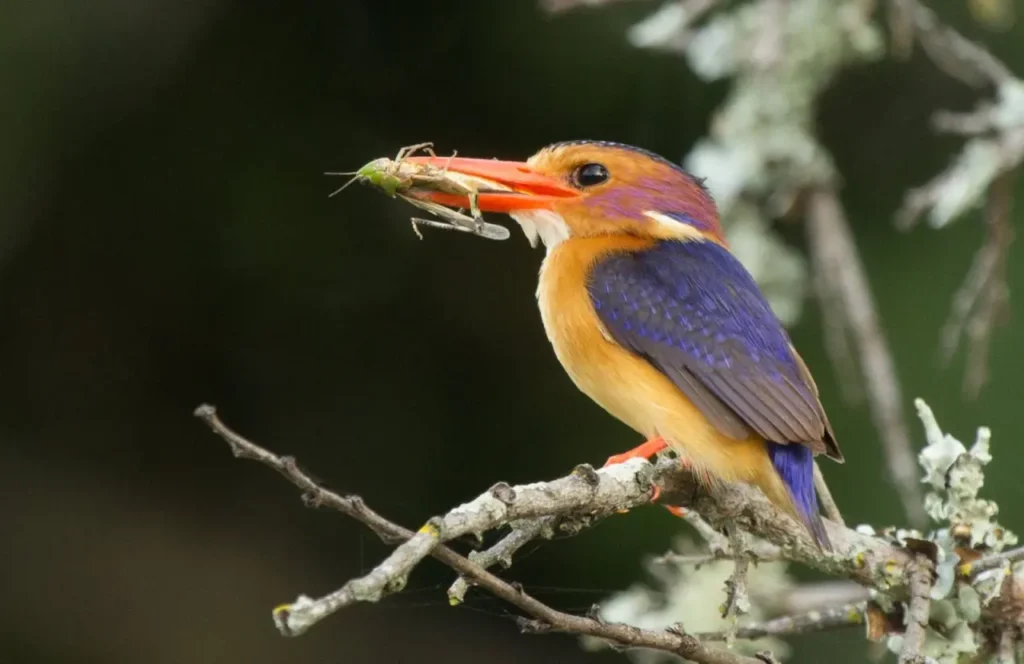
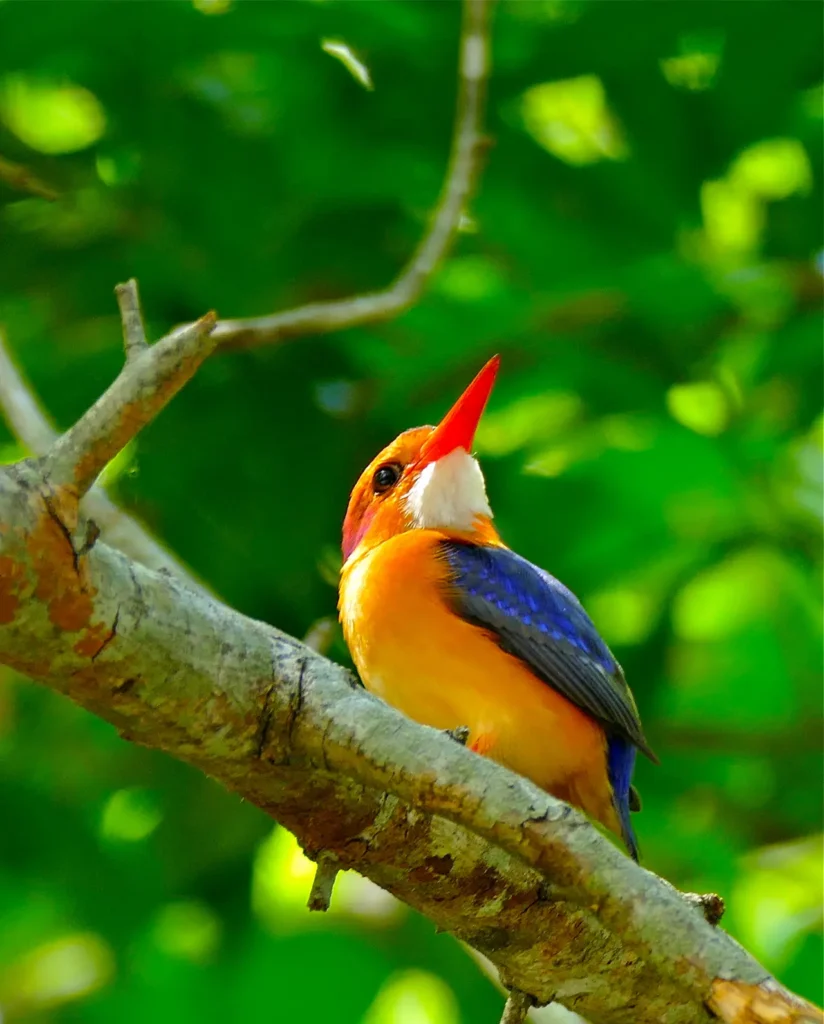
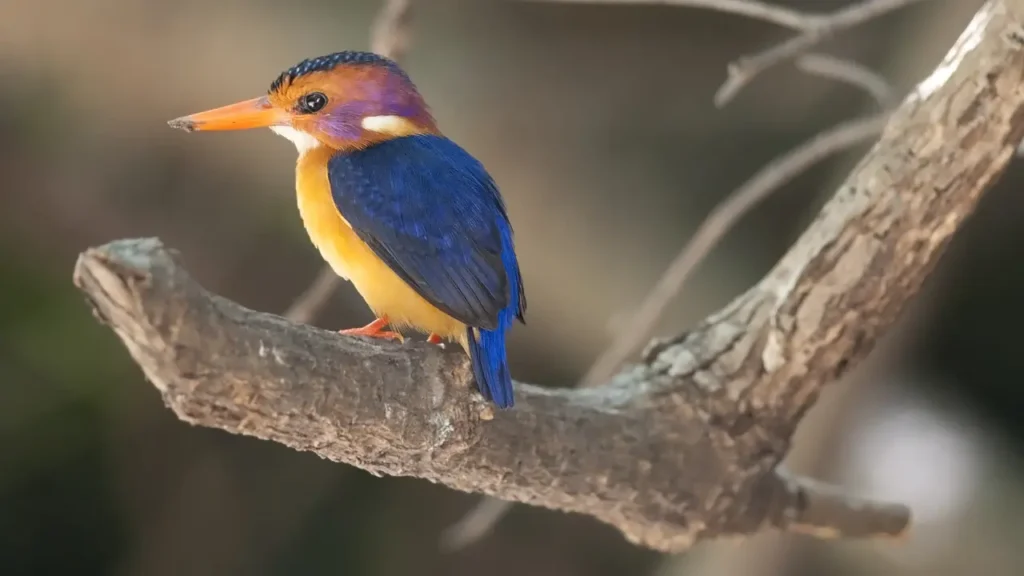
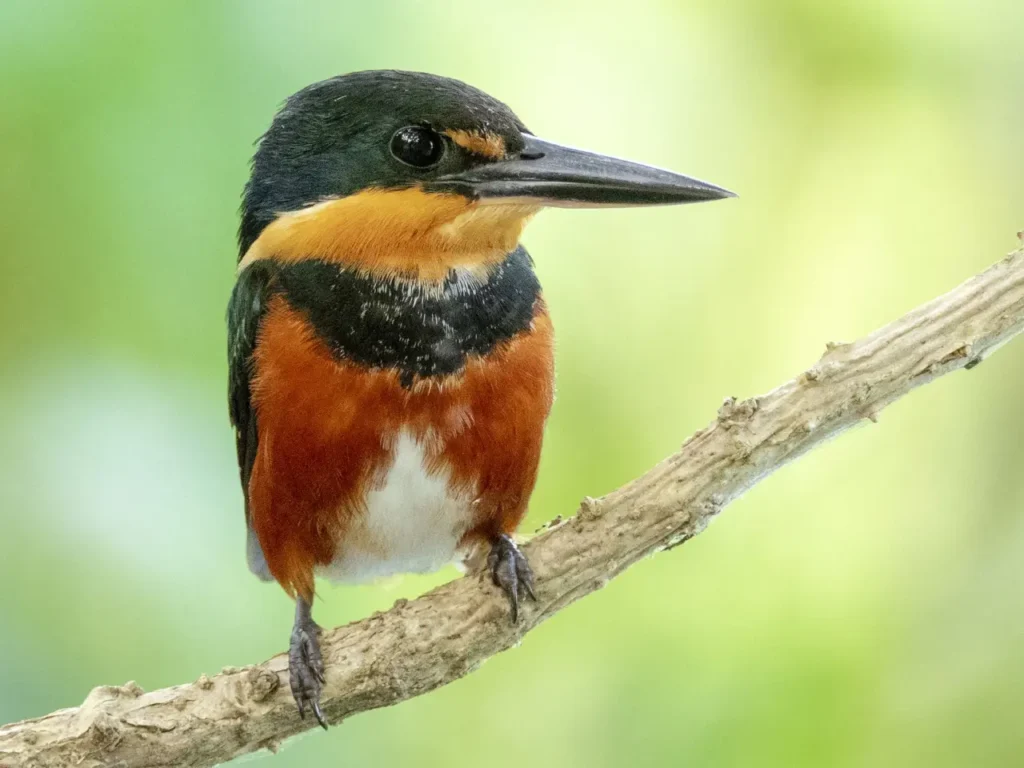
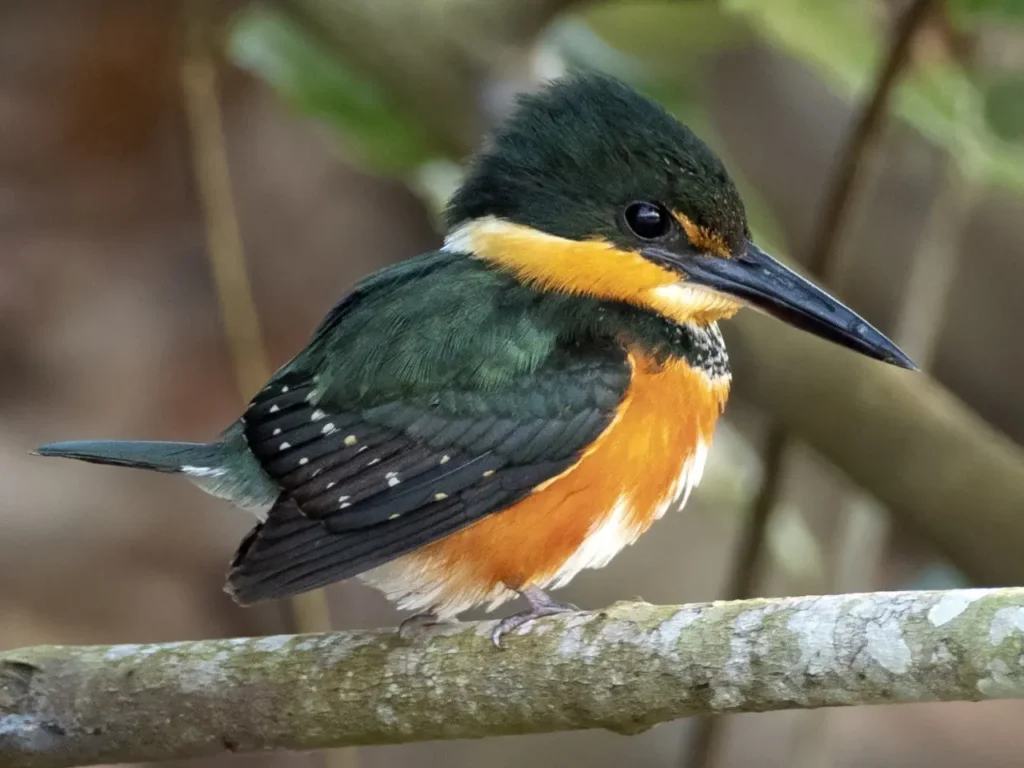
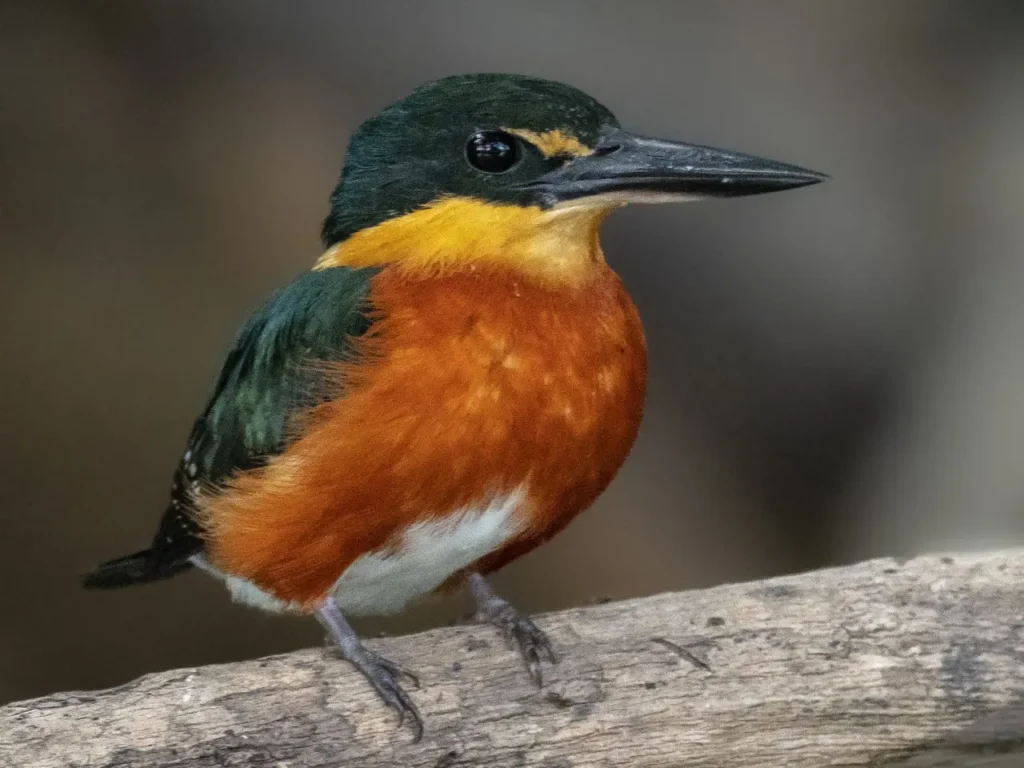
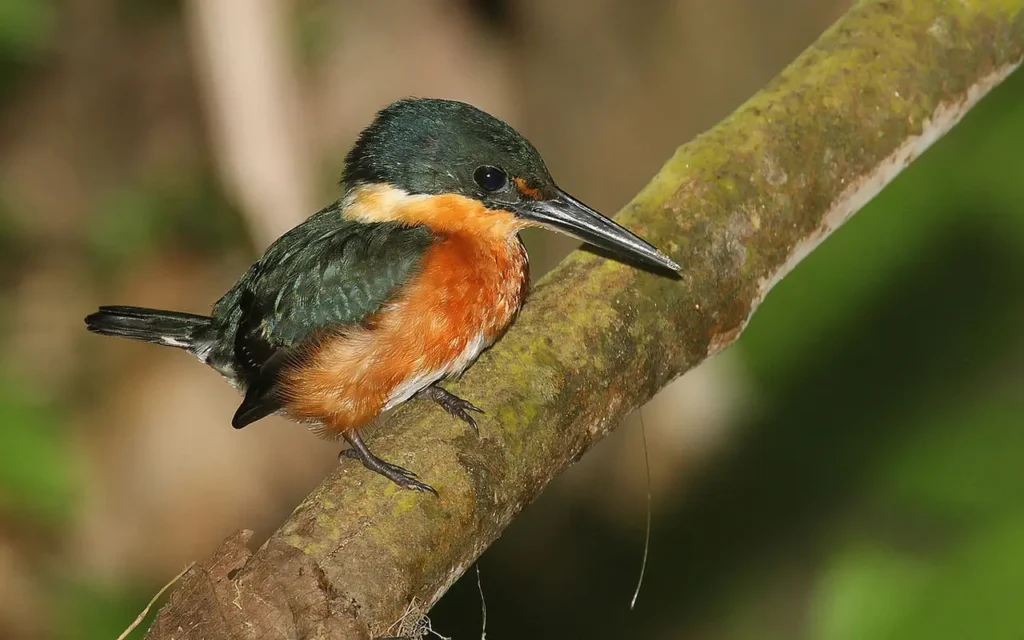
Appearance and Plumage
The Pygmy Kingfisher is one of the smallest members of the kingfisher family, typically measuring between 10 and 13 centimeters (4 to 5 inches) in length. Its delicate and compact build is complemented by a short tail, a proportionally large head, and a distinctive long, straight bill.
What truly sets the Pygmy Kingfisher apart is its dazzling array of colors. It sports a brilliant combination of rich blue or green on its upperparts, varying shades of chestnut or rufous on its underparts, and intricate patterns of white or buff on its face and throat. These striking hues make the Pygmy Kingfisher a standout beauty in the dense foliage it inhabits.
Habitat and Distribution
Pygmy Kingfishers can be found in a variety of wooded habitats, including rainforests, mangroves, gallery forests, and woodlands. Their distribution spans across Africa, southern Asia, and parts of Oceania, including countries such as Nigeria, Thailand, Papua New Guinea, and Australia.
Within their habitats, Pygmy Kingfishers prefer areas with abundant vegetation near bodies of water, such as rivers, streams, and forest pools. These locations provide an abundant food supply in the form of small fish, insects, crustaceans, and other invertebrates.
Behavior and Diet
As their name suggests, Pygmy Kingfishers have a similar feeding strategy to their larger kingfisher relatives. They perch on branches or low perches, often near water sources, and patiently wait for prey to come within striking distance. With lightning-fast precision, they dive into the water or leap onto the ground to catch small aquatic creatures or insects.
These small kingfishers are adept at hovering briefly before plunging into the water, showcasing their impressive agility and hunting skills. They rely on their keen eyesight to spot prey and their sharp beaks to snatch it with accuracy.
Breeding and Life Cycle
Pygmy Kingfishers form monogamous pairs and exhibit territorial behavior during the breeding season. The male engages in elaborate courtship displays, including chasing the female, presenting her with gifts of food, and engaging in synchronized aerial acrobatics.
Once a pair forms a bond, they construct a nest in a natural cavity, such as a hole in a tree or termite mound. The female lays a clutch of several eggs, and both parents take turns incubating them. After hatching, the parents diligently feed and care for the chicks until they are ready to fledge.
Conservation and Appreciation
While Pygmy Kingfishers are not currently considered globally threatened, they face challenges due to habitat loss, deforestation, and degradation of their natural environments. The preservation of their forest habitats and the conservation of water sources are crucial for their continued survival.
By fostering an appreciation for the Pygmy Kingfisher and supporting efforts to protect their habitats, we can ensure the future of these delightful avian jewels. Their presence in the forests serves as a reminder of the extraordinary diversity and splendor found in the natural world, even in the tiniest of creatures.








